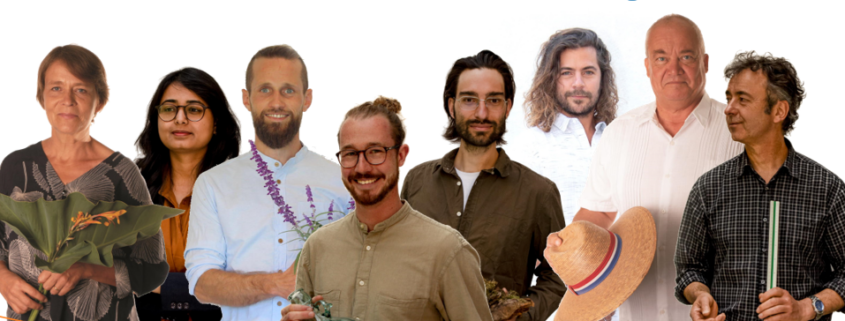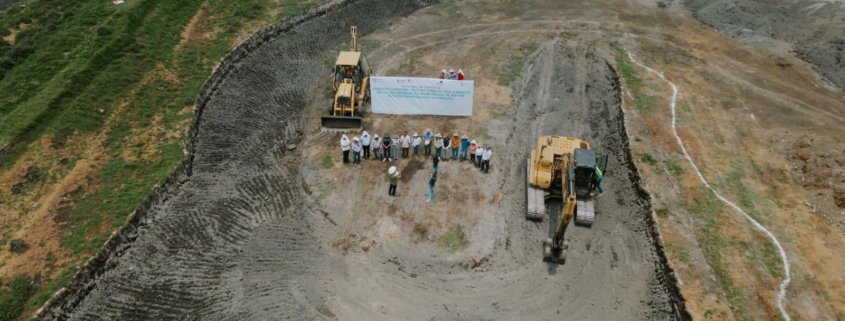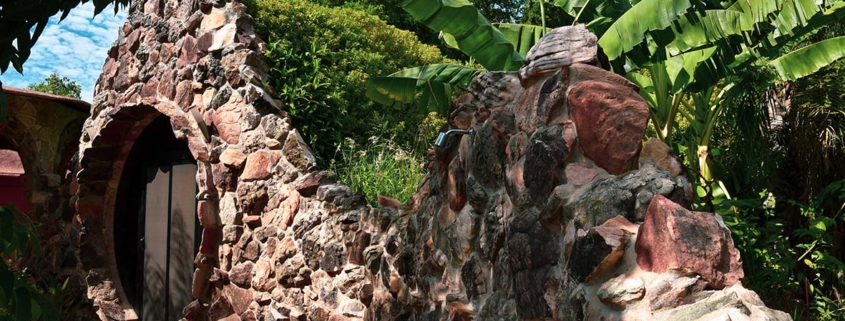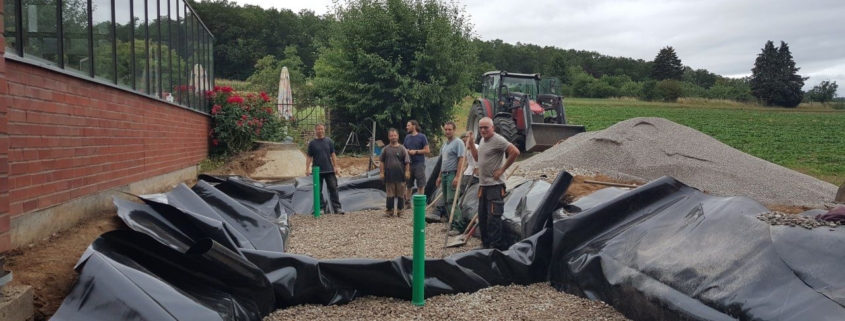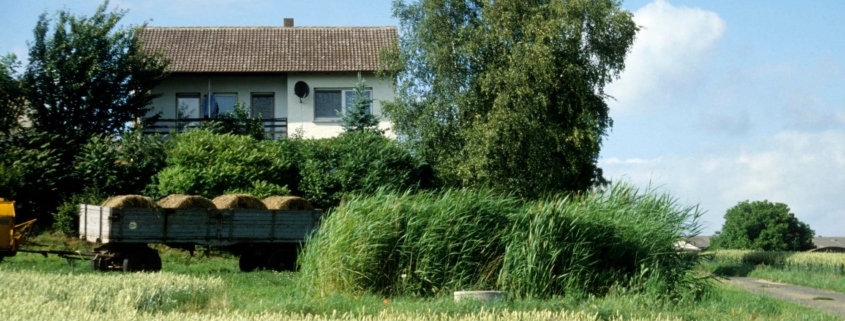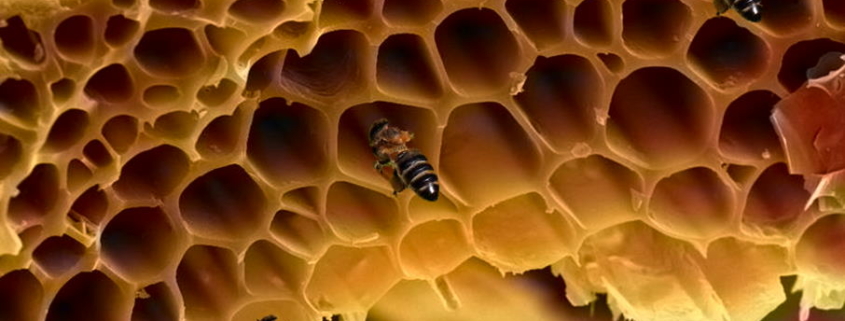At J&S Engineers, we know how to purify wastewater and we have successfully been doing that for more than 30 years now. Starting off with small and medium-scale solutions, today we lead international projects for large-scale systems, treating wastewater for up to 25.000 people. Our design know-how includes complete multi-stage treatment plants, applying nature-based solutions as the core technology.
J&S Engineers lead the construction of another project, benefiting more than 20.000 people in Rayón.
Since the German Janisch & Schulz Engineering Company was awarded the contract for building several Constructed Wetland projects in Mexico in 2018, significant progress has beed made.
The J&S Wetland Roofs system represents a significant advancement in the purification of wastewater on green roofs, simultaneously offering passive cooling effects in buildings.
Our team has completed the installation of a new hybrid Constructed Wetland (CW) in a rose nursery in Steinfurth, Germany. This project, finished in June 2023, represents a significant advancement in CW innovation, achieving superior treatment efficiency with a nearly 40% reduction in space requirements!
In Paraguay’s legislative landscape, our engineers at Janisch & Schulz proudly contributed to a UN-funded infrastructure project, focusing on wastewater treatment solutions that seamlessly blend with intelligent architecture.
Innovation needs pioneers who courageously forge ahead and explore new horizons. This is exactly what happened in the early 1990s in Münzenberg, when two young engineers set out to introduce a little-known technology that was environmentally friendly, energy-saving, process-stable, and required minimal technical components: we are talking about constructed wetlands (CWs).
… our colleague Yamini Mittal, congratulations!
Her image “Bee Eco-Friendly” was selected as the most original idea among 180 competitors!
Your submission features an electron micrograph of a honeycomb-like, three-dimensional structure showing a small section of a Canna Indica plant processed into biochar…

Ingenieurgesellschaft
Bahnhofstraße 15
35516 Münzenberg-Gambach
Tel.: +49 (0)6033 74529-0
Fax: +49 (0)6033 74529-11
E-Mail: mail@janisch-schulz.com

